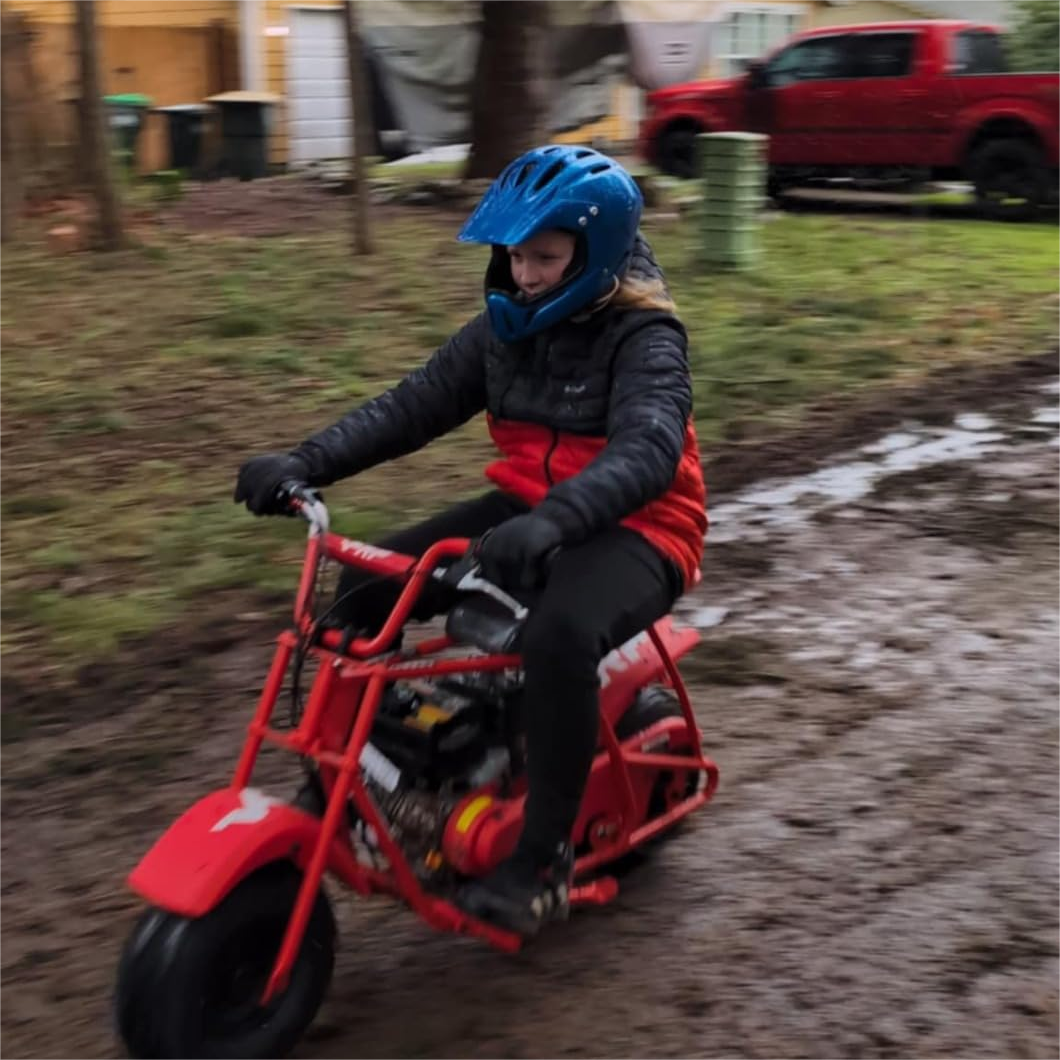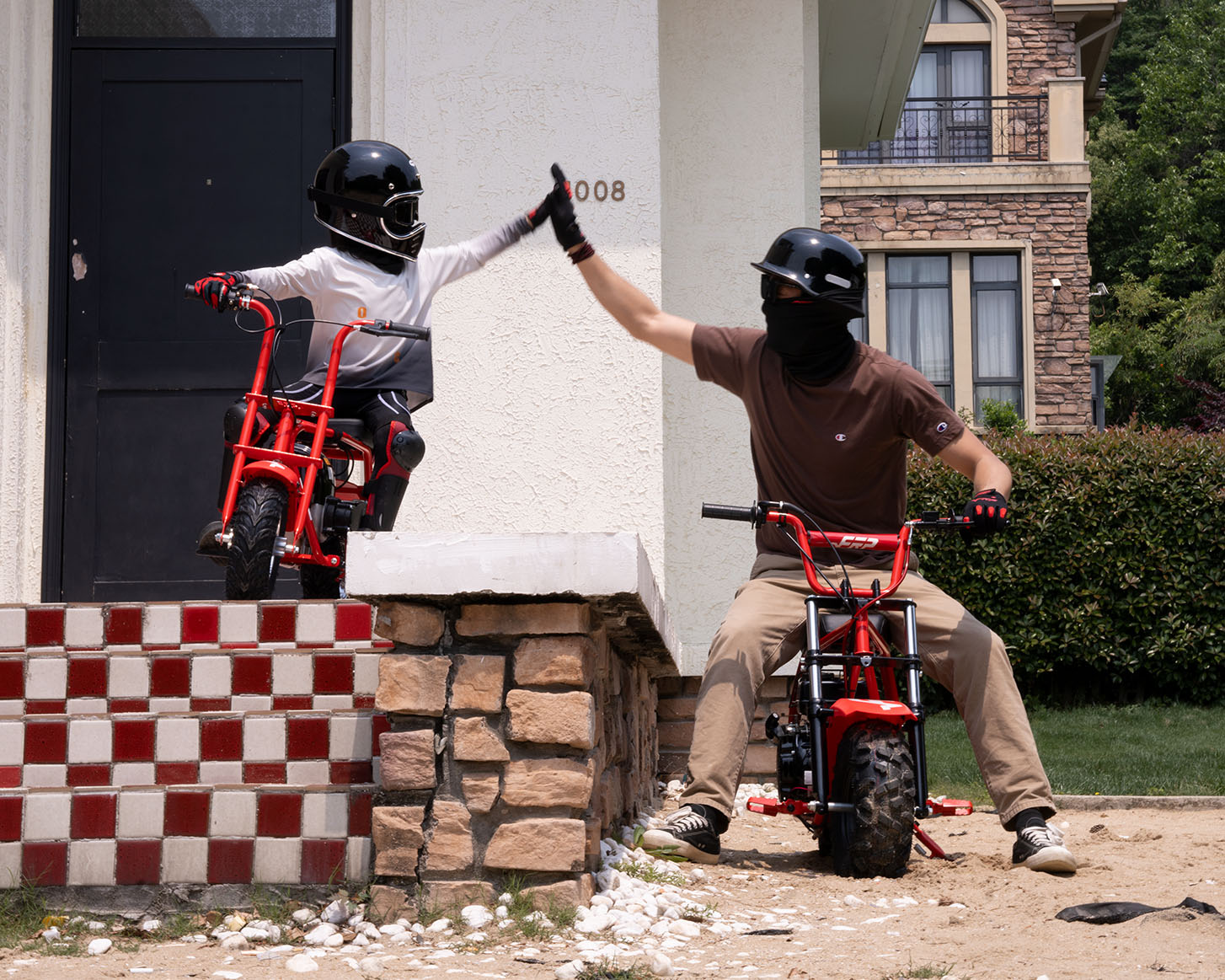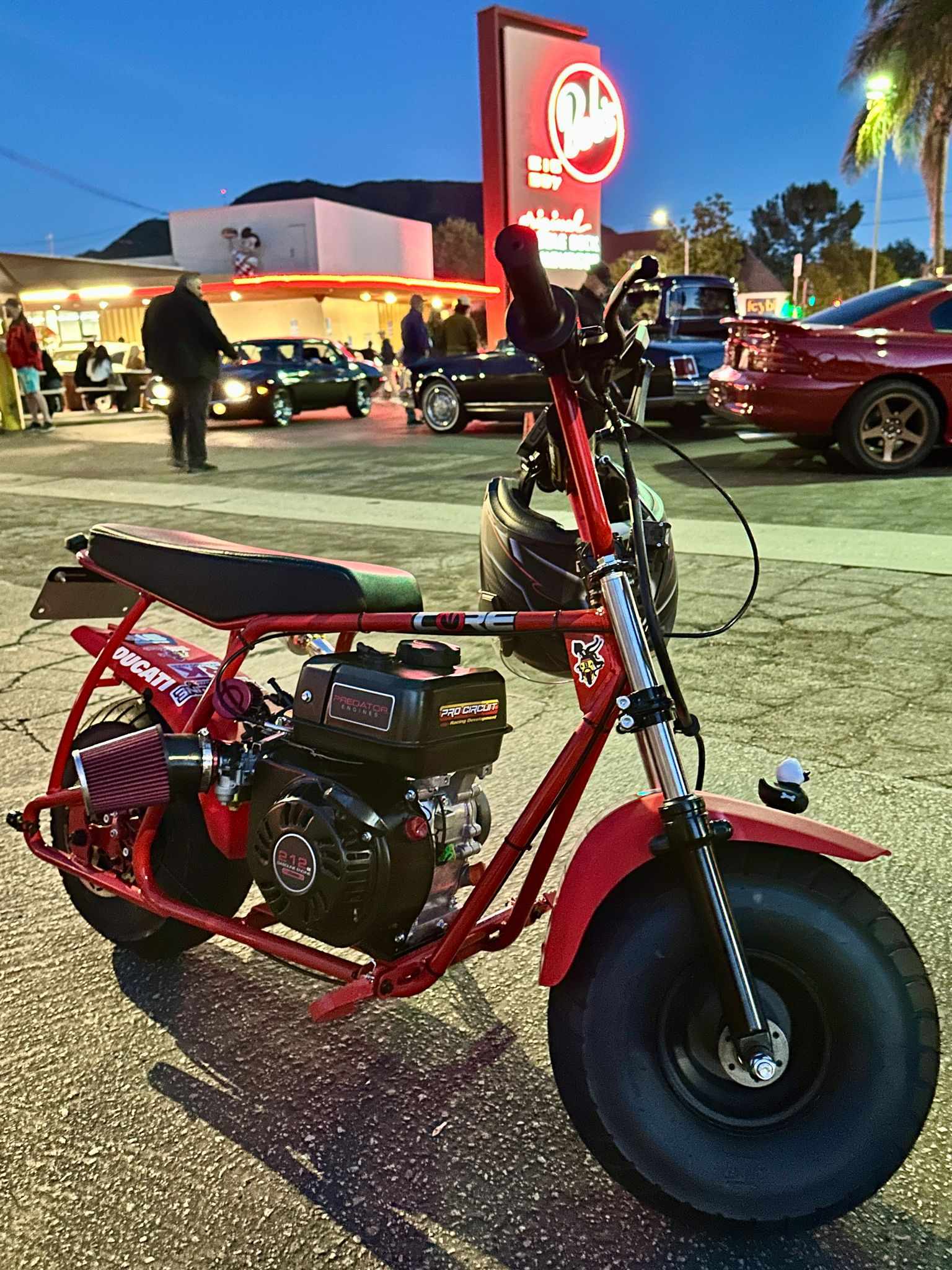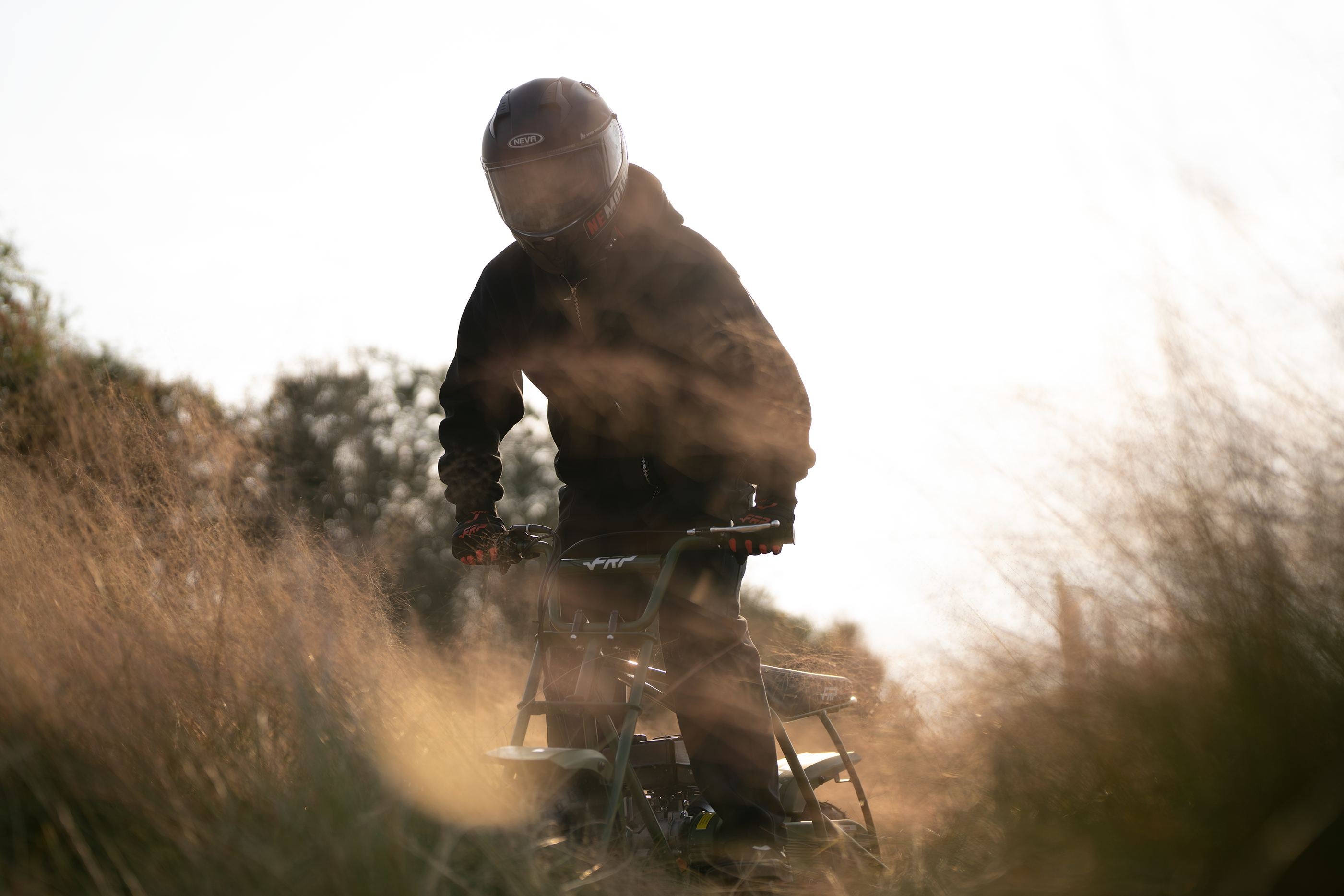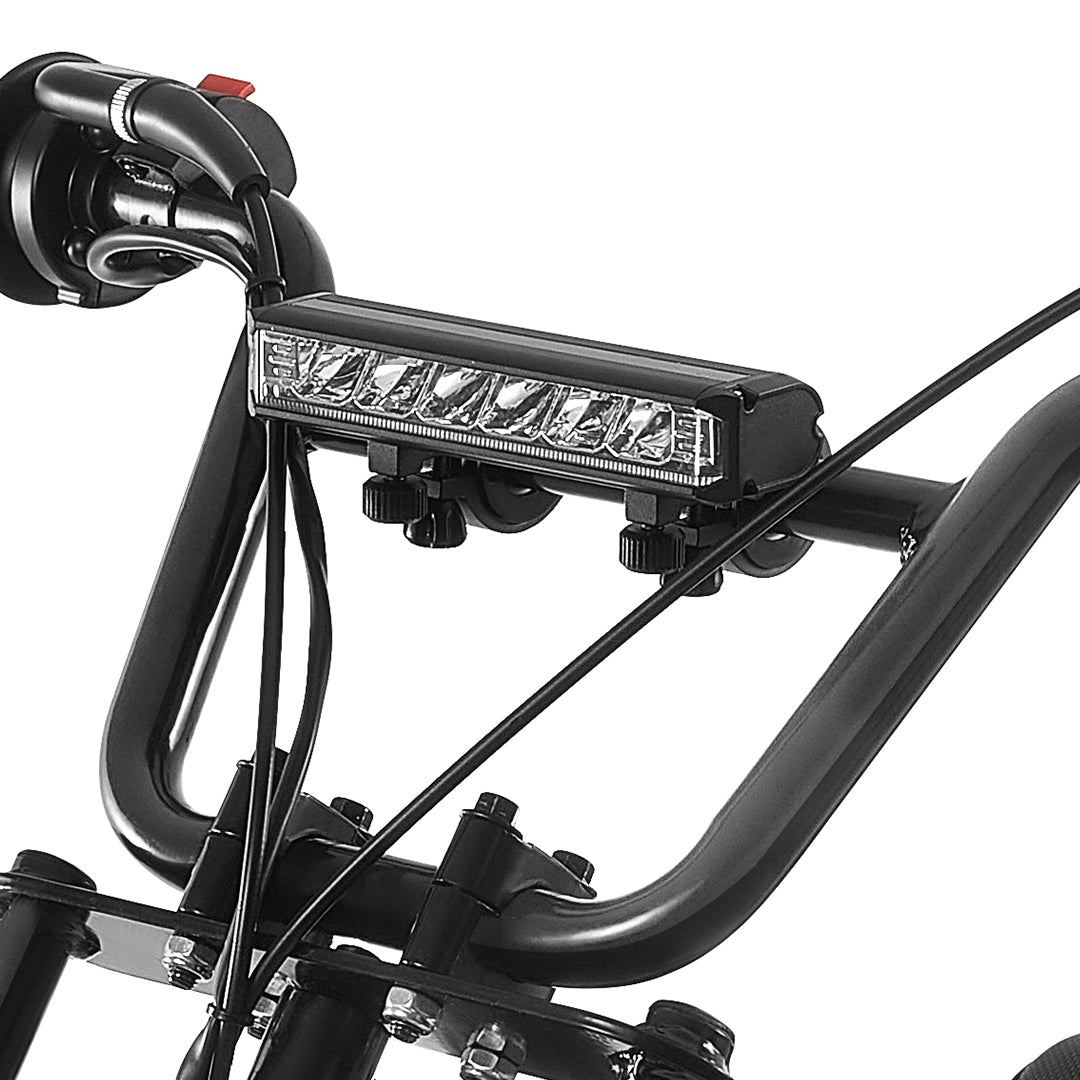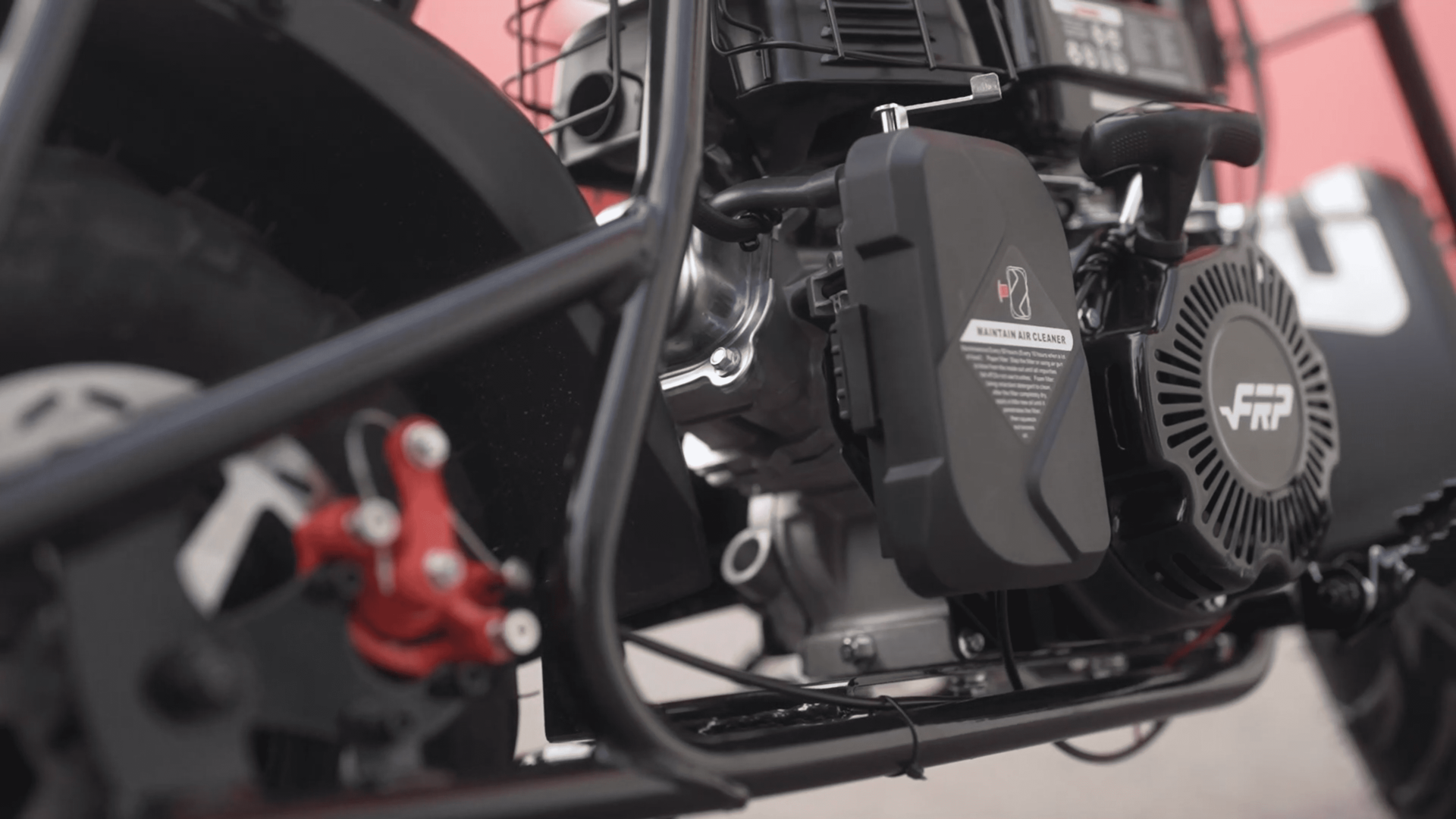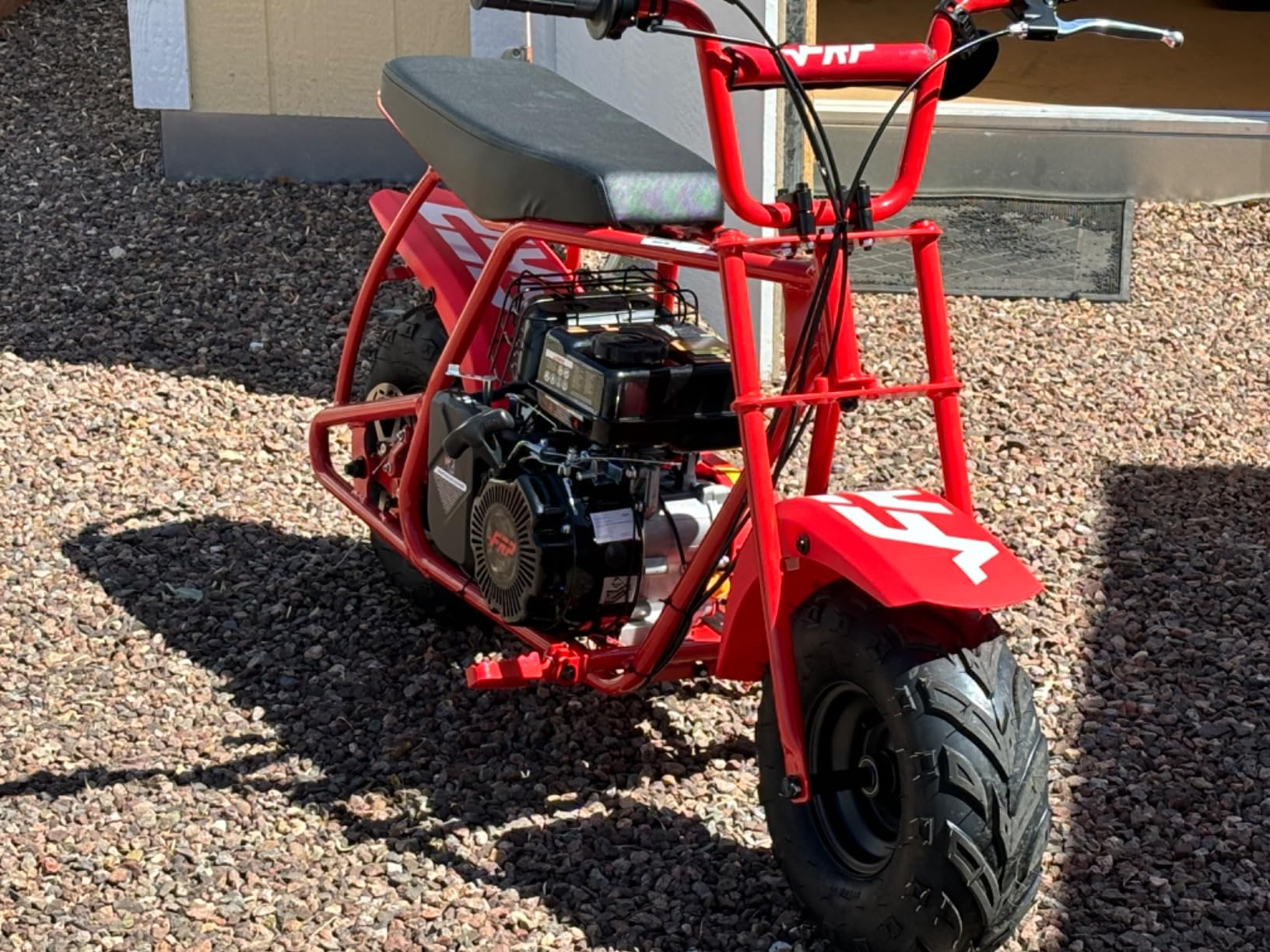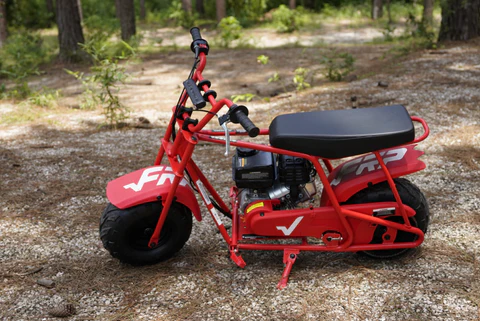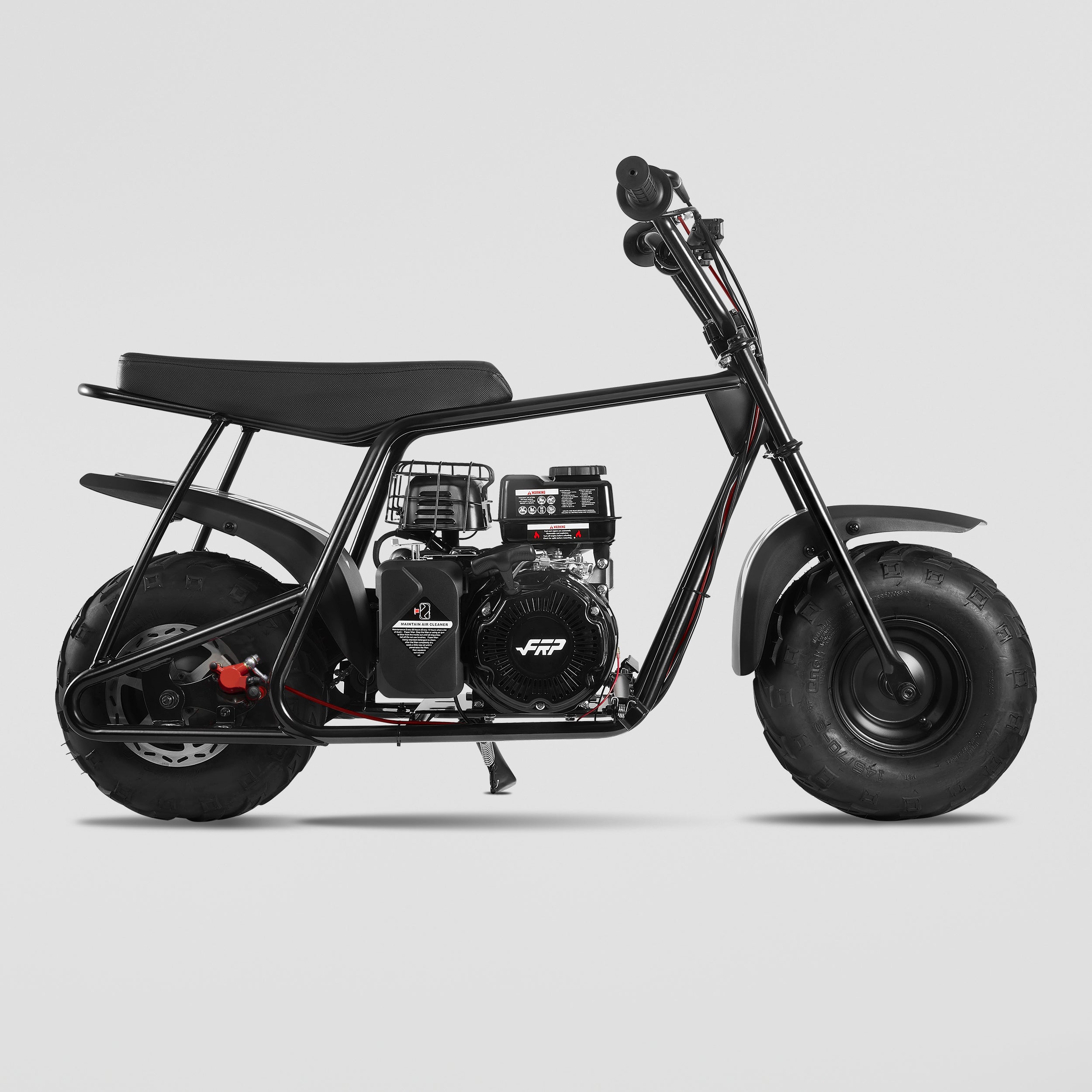Starting with a mini bike in your backyard is pure fun. But what if you could race? That’s the thrill of turning simple rides into real action.
Mini motorcycles are perfect for learning motorsports. They're smaller, easier to handle, and just right for younger riders or adults who want to get started.
Racing is more than just speed. It’s about control, courage, and focus. That’s where your backyard fun becomes serious skill.
The GMB100 is a great example of a mini bike gas powered by performance. It can handle trails, tracks, and tight turns with ease. This guide helps you go from grass to greatness—step by step.

Racing Fundamentals: Building Your Foundation
Basic Skills Mastery
Before you enter a race, you must master the basics. A mini motorbike helps develop balance early. Riding often helps you feel steady, even on uneven ground.
Speed control is next. On a track, knowing when to slow down is as important as going fast. A steady throttle hand can prevent crashes.
Cornering is a skill you’ll use every lap. Lean into the curve with the right posture. Practice turning both directions in your backyard until it feels natural.
Braking is the final core skill. A mini bike gas powered with quick brakes requires gentle handling. Tap the brake before curves, not inside them, to avoid skidding.
Track Awareness
Knowing the track is key. Choose the best line through every corner. Good line selection means less movement and more speed.
Look for the apex—the center of a turn. Hitting this point helps you glide through corners smoothly.
Pay attention to the surface. Some parts may be bumpy or slick. Reading the track keeps your mini motorcycles upright and moving fast.
And don’t forget the weather. Rain can make your tires slip. Dry conditions allow for faster speeds. Always adjust how you ride.
Training Progression: From Novice to Competitor
Backyard Practice
Your backyard is the best training ground. Begin with slow rides and tight turns. This builds your control.
As you improve, increase your speed little by little. A mini bike is perfect for safe growth because it’s small and not too powerful.
Set up an obstacle course. Use cones or small boxes. Try weaving through them without putting your feet down. It sharpens your steering.
Family support helps too. They can cheer you on, offer safety help, and build your confidence.
Track Introduction
When you feel ready, visit a local race track. Walk the track first. It helps calm nerves and lets you see every turn.
Understand track rules. Let faster riders pass. Be respectful and aware of your space.
Pay attention to marked zones. Some tracks have slower zones, especially near the pits. Learn where you can go full throttle and where you should coast.
Use your early visits to work on cornering and line selection. Take your time. Practice makes perfect.
Racing Preparation: Success Essentials
Vehicle Setup
A clean, tuned-up mini motorbike runs better. Tighten your chain, check your throttle, and clean your air filter often.
Add safety features. A kill switch lets you stop the bike fast if needed. Hand guards protect your fingers.
If your mini bike gas powered by a heavy frame, remove extra weight. A lighter ride means better handling.
Tires matter too. Soft tires give better grip on dry tracks. Hard ones last longer but may slip more.
Rider Preparation
You need to be ready too. Build your body with simple workouts. Push-ups and squats help with strength.
Mentally, picture your race before it starts. It helps you feel ready and stay calm.
Always wear the right gear. A tight helmet, gloves, boots, and pads are a must. No ride is worth injury.
Eat healthy foods before a race, avoid heavy meals, and drink lots of water to stay focused and strong.

Race Day Mastery: Performance Secrets
Pre-Race Routine
Start your day with stretches. Loosen your neck, arms, and legs to prevent cramps. Use mental tricks. Close your eyes and imagine your perfect lap. It helps lock in focus.
Check your gear. Is your helmet strapped? Are your brakes working? A quick check avoids big problems. Walk the track one more time. Look for anything new like puddles or loose gravel. Tiny details matter.
Race Strategy
When the race starts, react fast. A strong launch can earn you a good spot. But don’t rush too much. Conserve your energy. It’s a long race, not a sprint.
Look for smart passing spots. Don't force it. Wait for wide turns or straight paths. Defend your space if someone tries to pass. Keep your line steady to stay ahead.
Technical Skills: The Competitive Edge
Advanced Techniques
Use your body to steer. Lean forward in turns. Sit back during braking. It shifts the weight right. A mini bike responds well to weight transfer. Learn when to move and when to stay still.
Control your throttle gently. Quick gas can make your back wheel spin. Smooth control helps you stay upright.
Brake lightly into turns. Then release. Don’t lock the wheels. Mini motorcycles are very reactive—too much pressure can cost you a race.
Race Craft
Use drafting to your advantage. Ride close behind another bike to cut wind. Then pass with power. Go fast into corners, but safely. Brake early. Lean in. Exit strong.
Accelerate as soon as the bike stands up after a curve. That’s your moment to gain speed. Choose lines that block other riders from passing you. But keep it fair and clean.
Safety First: Racing Smart
Track Safety
Learn every flag. Yellow means slow down. Red means stop. Green means go. Look over the track before every ride. Wet leaves, gravel, or oil can cause slips.
Adjust to the weather. Cold days need longer warm-ups. Rainy days mean slower riding. Know where help is. Every track has a safety team. Don’t be afraid to ask for help.
Personal Protection
A full-face helmet protects your brain and jaw. Make sure it fits tight. Wear pads on elbows, knees, and chest. Racing gear is lighter now but still strong.
Use race-approved gear. It meets safety tests and can handle crashes. Have an emergency plan. Tell your family or crew where to meet in case of injury.
Racing Community: Learning and Growing
Mentorship Benefits
A mentor is a rider with more experience. They can guide you and correct bad habits. They’ll help you understand body position, race lines, and how to stay calm under pressure.
Learning from others saves time. You get years of tips in just a few lessons. Plus, mentors inspire you. They push you to grow.
Competition Experience
Join races early, even small ones. The more you ride, the better you get.
Record your races. Watch them back. Look for what you did well and where to improve.
Set goals. Maybe it’s beating your last time or staying upright the whole race.
Celebrate every win, big or small. Each step forward counts.
Conclusion
From your backyard to the race track, your mini bike journey is exciting. It’s full of learning, growing, and having fun.
Mini motorcycles are more than toys. They're training tools, teaching focus, skill, and bravery.
Racing pushes you to improve. It teaches safety, discipline, and strength. A mini bike gas powered with passion can go far.
The journey is just beginning. Are you ready to ride?

